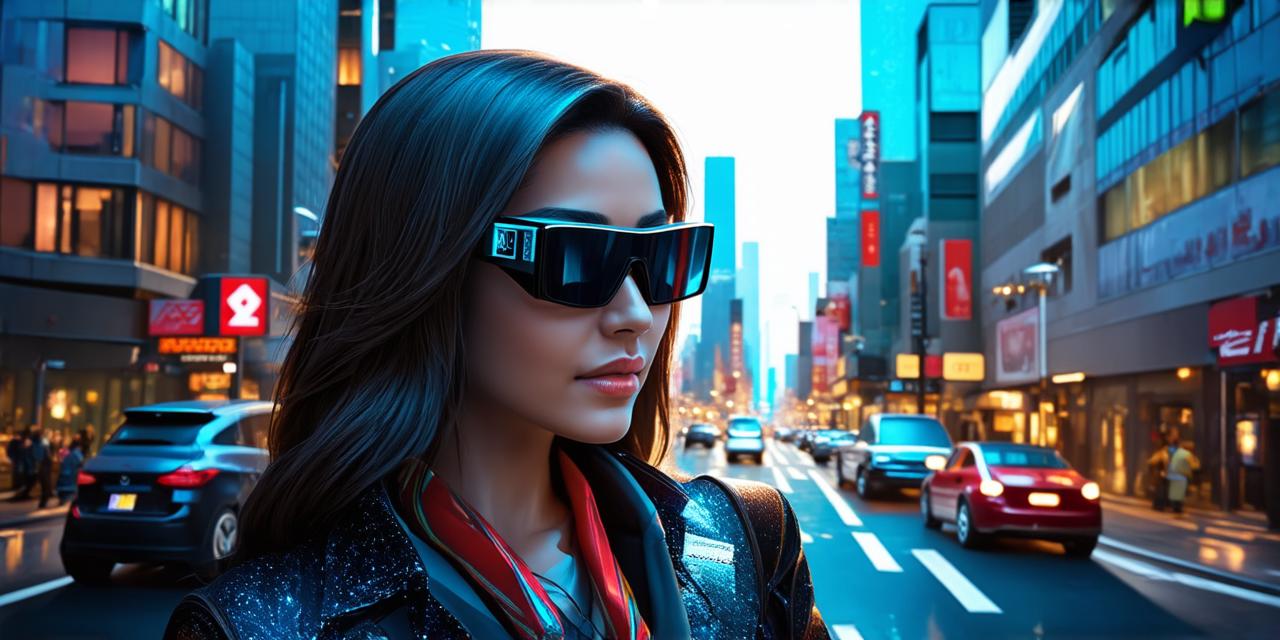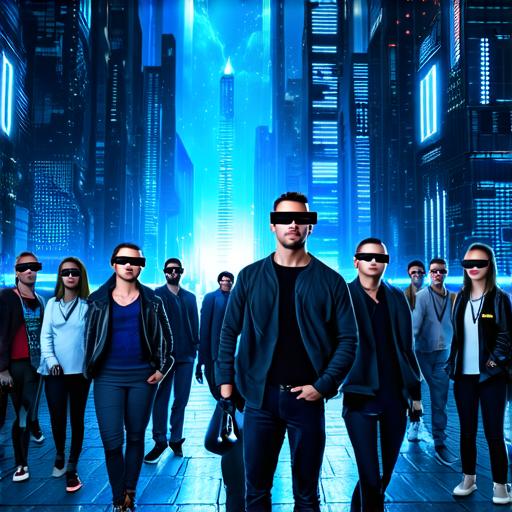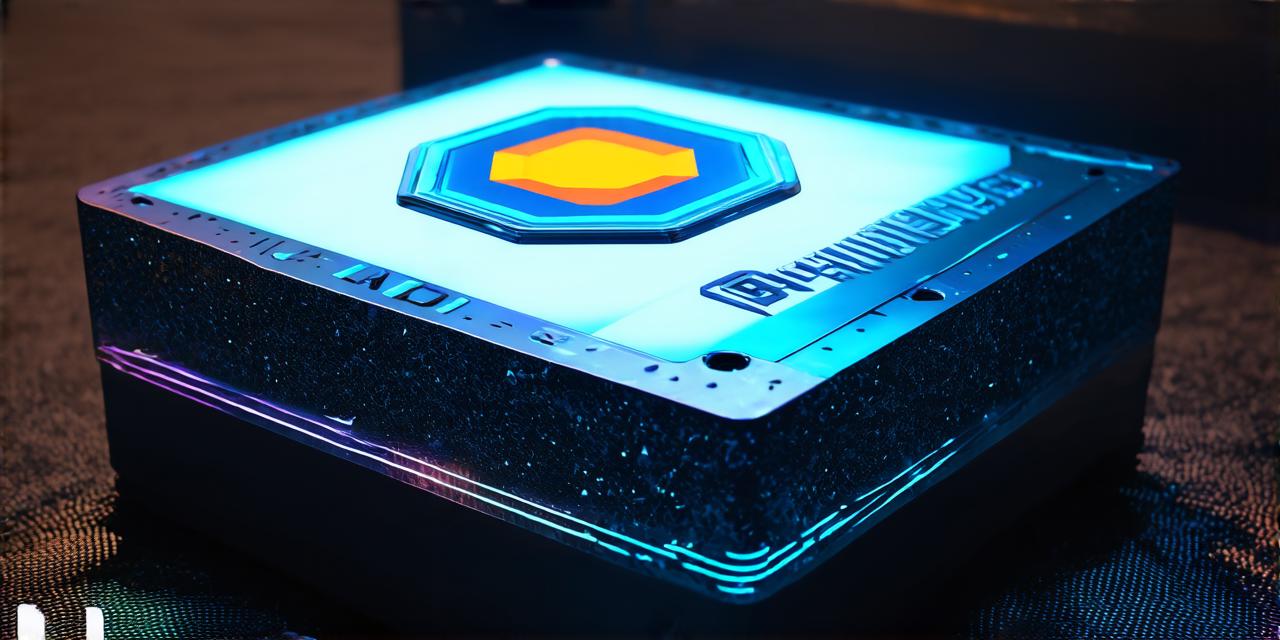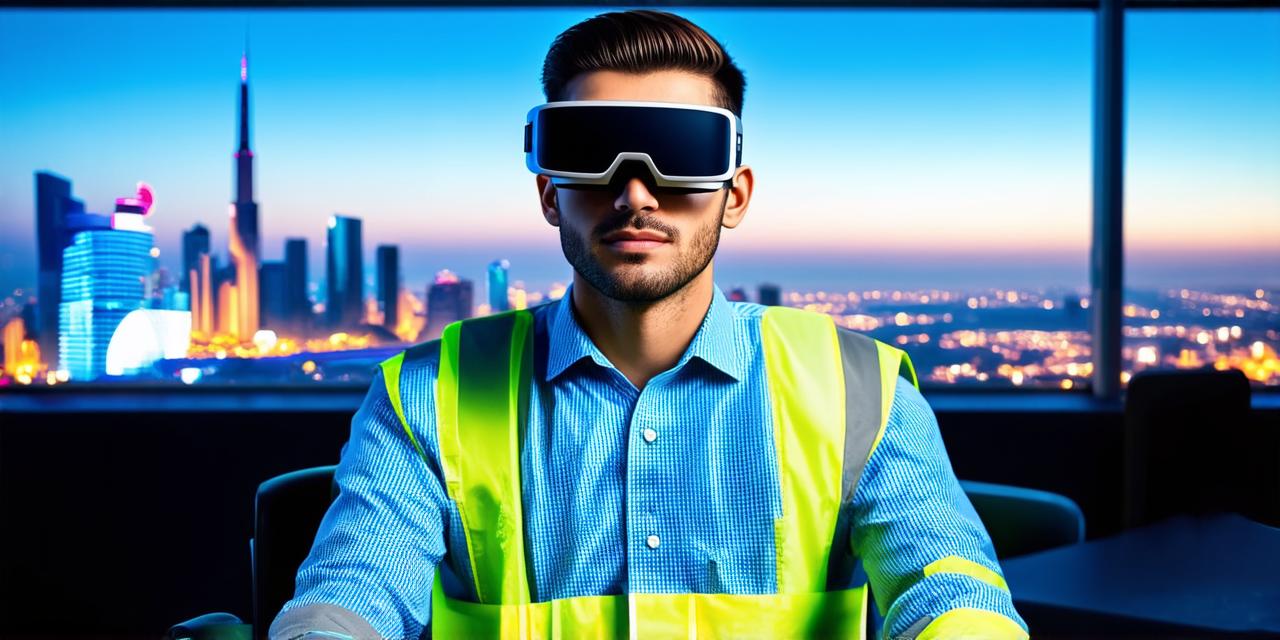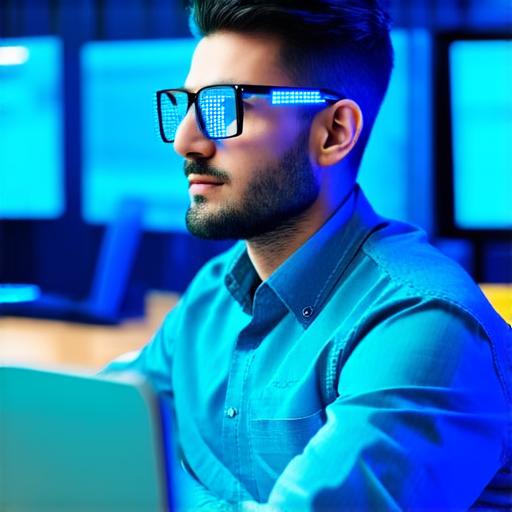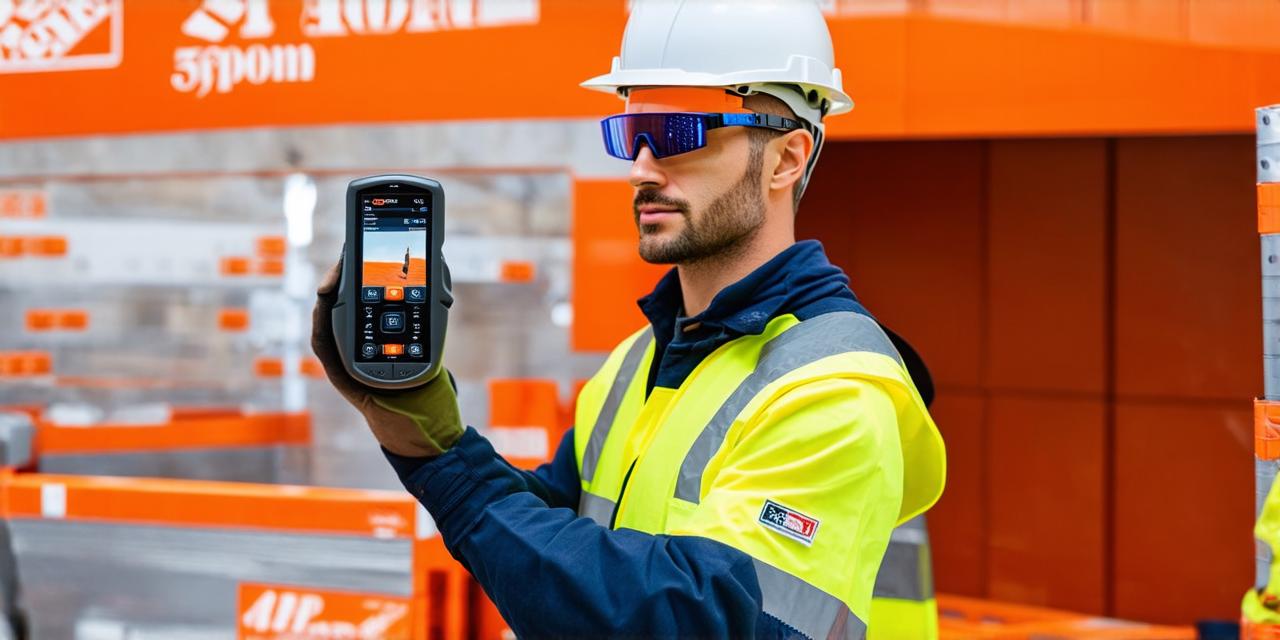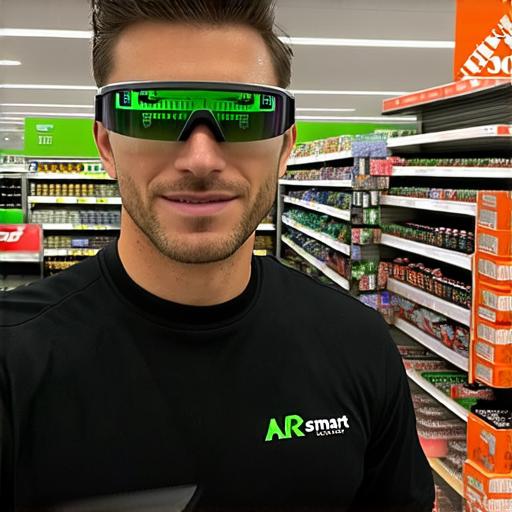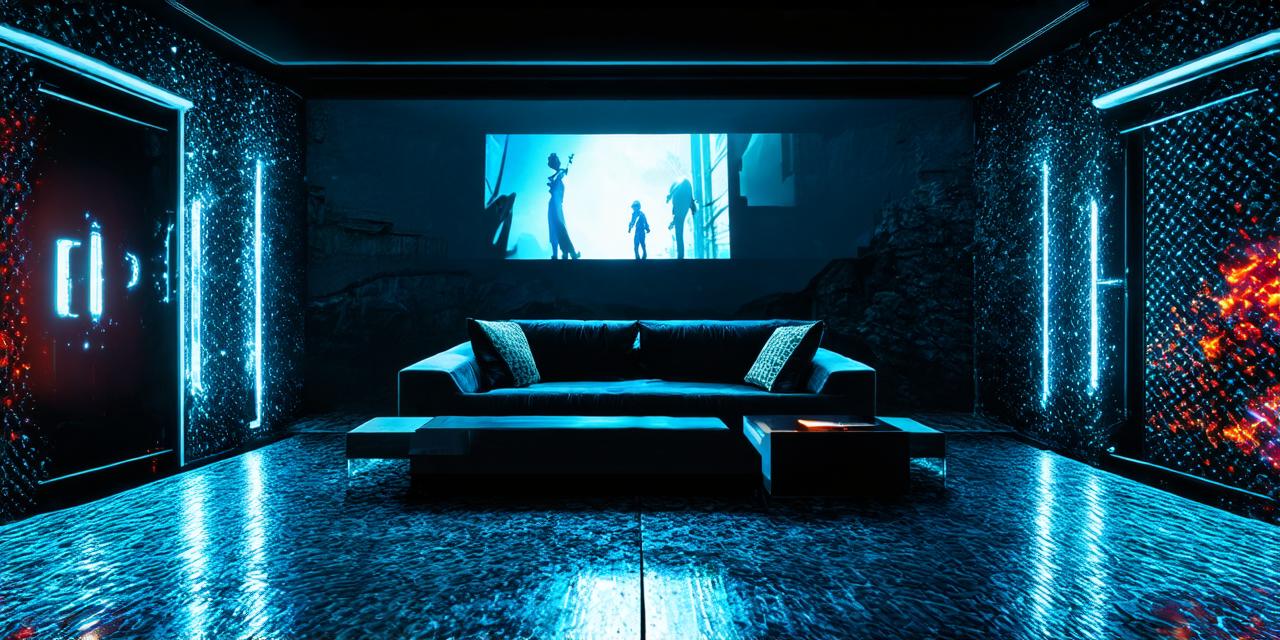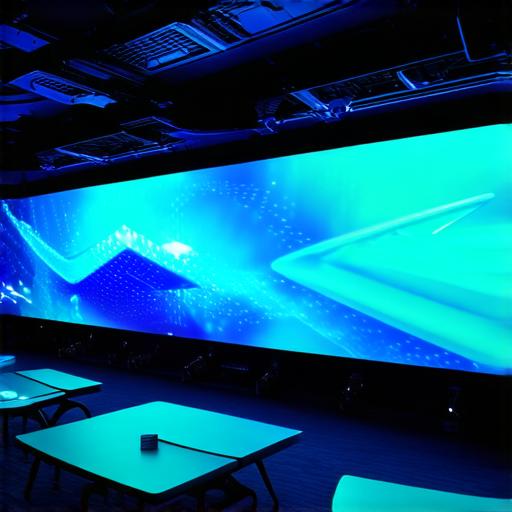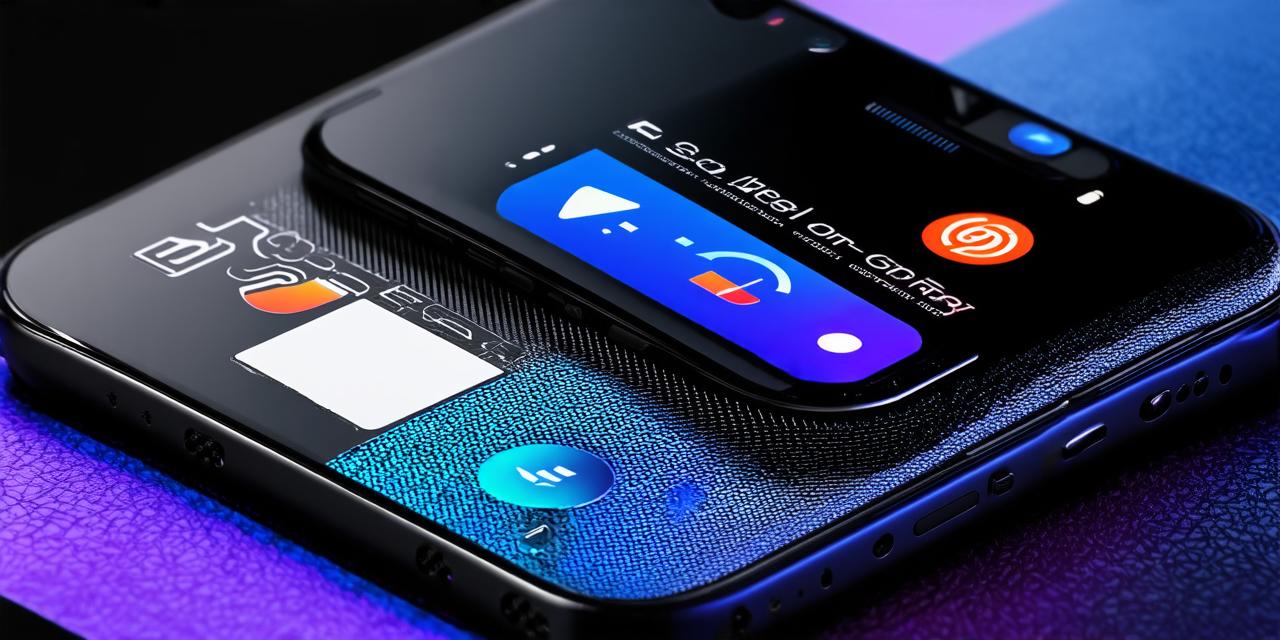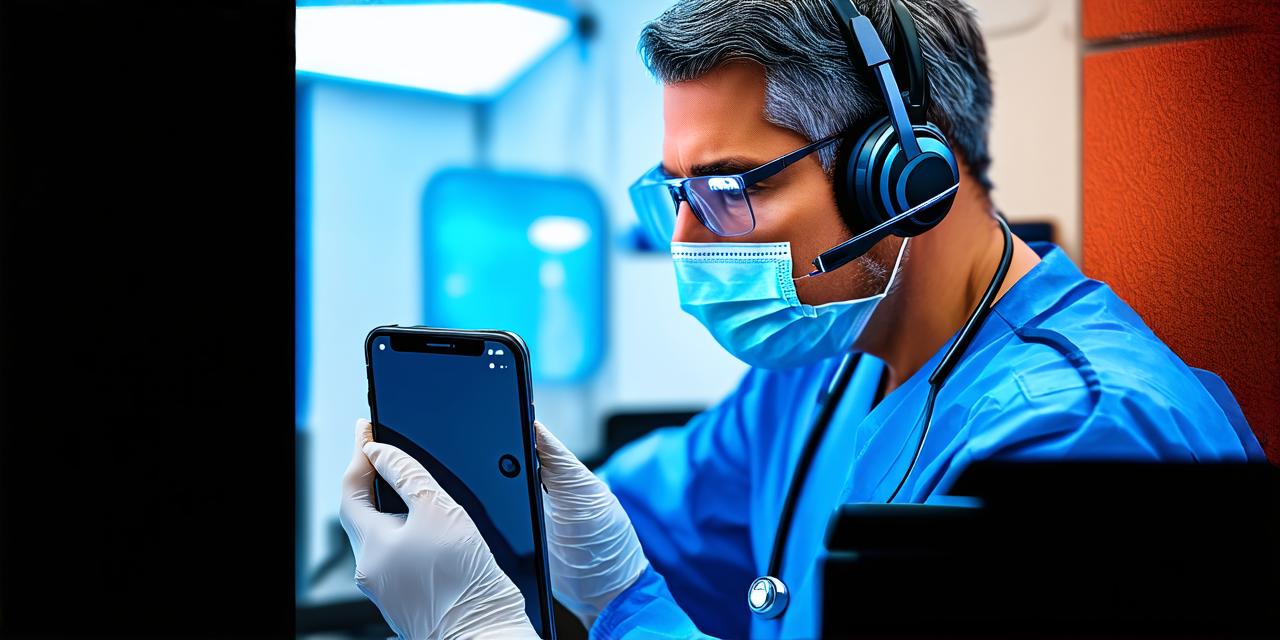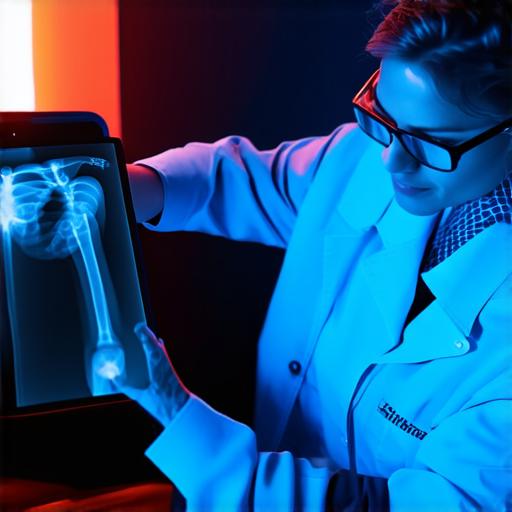Augmented reality (AR) is becoming increasingly popular in many industries, from gaming and entertainment to education and healthcare. If you are an AR developer looking to create engaging and interactive experiences on the iPhone 8, there are several steps you can take to get started. In this article, we will explore how to utilize AR on the iPhone 8 for AR developers.
1. Understand the basics of AR
Before you start developing AR apps for the iPhone 8, it’s important to have a basic understanding of what augmented reality is and how it works. AR is an interactive experience that overlays digital content onto the real world. This can include anything from virtual objects and characters to animations and effects.
One of the key aspects of AR is its ability to blend the physical and digital worlds seamlessly. This means that AR apps must be able to track the user’s position in the real world and adjust the content displayed accordingly. This can be done using various sensors and cameras on the iPhone 8, such as the accelerometer, gyroscope, and camera.
2. Choose an AR development platform
There are several AR development platforms available for creating apps on the iPhone 8, including Unity, Unreal Engine, and Vuforia. Each of these platforms has its own strengths and weaknesses, so it’s important to choose one that best fits your needs.
For example, if you are new to AR development, Unity may be a good choice as it is easy to use and has a large community of developers who can provide support and resources. On the other hand, if you need more advanced features and functionality, Unreal Engine may be a better fit.

3. Design your AR app
Once you have chosen an AR development platform and have a basic understanding of how AR works, it’s time to start designing your app. This involves creating a storyboard or wireframe that outlines the user flow and interaction within the app.
It’s important to keep in mind that AR apps should be designed with the user in mind. This means that the content displayed should be relevant and engaging, and the user interface should be intuitive and easy to navigate.
4. Develop your AR app
With your design in place, it’s time to start coding your AR app. This will involve integrating the various sensors and cameras on the iPhone 8, as well as any other features or functionality you require.
One of the key aspects of developing an AR app is testing and debugging. This involves running the app on a physical device (such as the iPhone 8) and making adjustments as necessary to ensure that it runs smoothly and without errors.
5. Publish your AR app
Once you have developed and tested your AR app, it’s time to publish it on the App Store. This involves creating a listing for the app, including screenshots, descriptions, and pricing information.
It’s important to promote your AR app once it has been published, in order to attract users and increase downloads. This can be done through various marketing channels, such as social media, email campaigns, and app store optimization.
Case study: Pokemon Go
Pokemon Go is a popular AR game that was developed by Niantic and released on the iPhone 8 in 2016. The game involves collecting virtual creatures called Pokemon, which can be found in real-world locations using the camera and sensors on the phone.
FAQs
Q: What sensors and cameras are available on the iPhone 8 for AR development?
A: The iPhone 8 has several sensors and cameras that can be used for AR development, including the accelerometer, gyroscope, camera, and LiDAR scanner.

